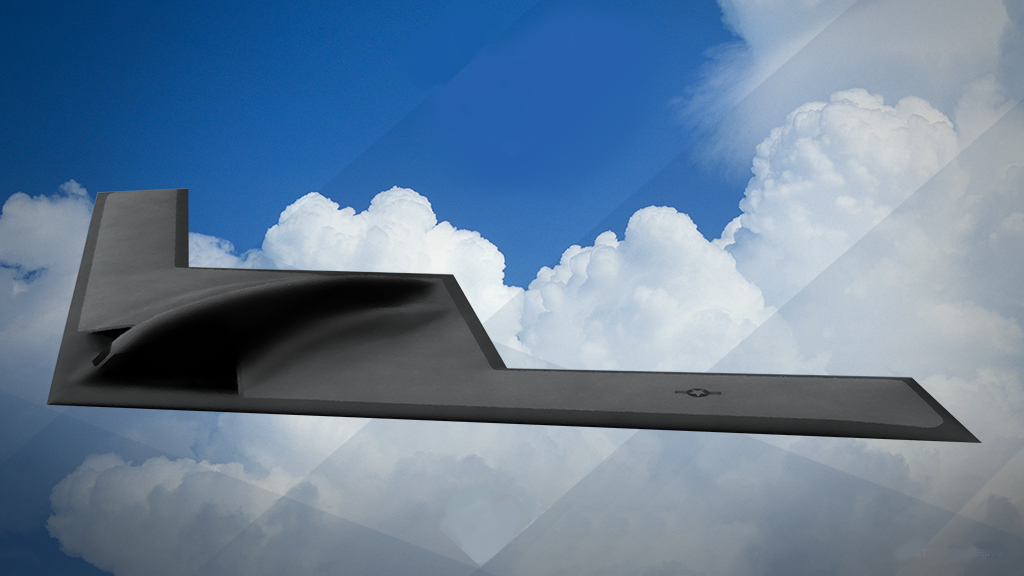
Air Force illustration of the B-21 Raider long-range strike bomber.?
The Air Force should revive the Air Expeditionary Force concept it developed in the 1990s to manage force rotations and use it as a force-sizing tool to define requirements, AFA’s Mitchell Institute for Aerospace Studies argues in a new policy paper.
“The Air Force is operating the smallest, oldest, and least ready force in its history,” said Michell’s dean, retired Lt. Gen. David Deptula. “The Air Force needs a force-sizing method to articulate aircraft requirements, highlight gaps … and help guide modernization decisions.”
The AEF was developed in the 1990s as a force management tool to try to spread the burden of rotational deployments across the force. But Deptula argues it can be a useful and understandable metric for defining requirements.
For example, in order to maintain a rotational base to engage around the world in peacetime or to support one war while deterring a second, he said, the nation will need 10 squadrons of B-21 bombers. If each squadron consists of 12 aircraft, that adds up to 120 airplanes. Add in additional planes for training and attrition, and the total rises to 180.
Air Force Secretary Heather Wilson’s “Air Force We Need” plan called for 386 operational squadrons, but did not specify the size or composition of those squadrons. Deptula argues that by establishing a simple, clear, and easily articulated rationale for sizing the force, the Air Force would be better equipped to make its case for the resources necessary to fulfill the National Defense Strategy.
Mark Gunzinger, a senior fellow at the Center for Strategic and Budgetary Assessments and the author of a forthcoming report to Congress on the Air Force and its makeup, echoed the sentiment that the Air Force is too small to meet all its obligations under the NDS. “Our Air Force is too small. It is too old. And it’s not survivable enough to start to think about operations in future highly contested environments that can be created by China and Russia,” he said at a Mitchell event in Washington, D.C. “If we were ever to have to engage against both of those great powers, we lack the ability to create the air superiority we need… we lack the capacity and the capability to do that today.”
He noted that only 17 percent of our combat air fleet is made up of low-observable 5th Generation aircraft, far short of the Air Force’s goals.
Deptula cited that point in making his case for better force-sizing logic. “There is military judgment that goes into all of this, and as capabilities change, those judgments can change,” he said. “But to make your case, you need a clear way to explain how you got to the numbers you cite, and the AEF model does that.”
